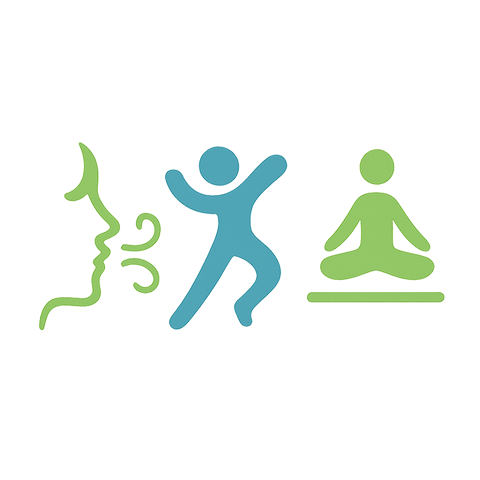Expanding Your Flexibility: The Benefits of Eccentric Stretching for Fitness and Health
In the pursuit of fitness, flexibility often takes a back seat, overshadowed by strength and endurance training. However, without adequate flexibility, our bodies may struggle to perform at their best. Enter eccentric stretching, a powerful tool that can enhance both your athletic performance and overall health.
What is Eccentric Stretching?
Eccentric stretching focuses on the elongation of muscles as they contract, which can effectively improve flexibility and strengthen muscles simultaneously. This type of stretching occurs when a muscle is lengthened under tension, such as during the lowering phase of a workout. Think of it as actively resisting gravity while stretching; it’s all about control and precision.
The Role of Eccentric Stretching in Fitness
Integrating eccentric stretching into your training routine can yield significant benefits. It promotes enhanced performance and aids in injury prevention by allowing muscles to adapt to increasing loads. When your muscles operate in a lengthened position, they become more resilient, providing stability during dynamic movements.
For athletes, including runners, cyclists, and weightlifters, eccentric stretching can ensure that your muscles and joints function optimally, which is crucial for peak athletic performance. Plus, the controlled stretches facilitate a deeper range of motion, allowing for better agility and coordination.
Health Benefits Beyond Flexibility
Improving flexibility through eccentric stretching is not solely about performance; it also contributes to overall health. As we incorporate more movement into our daily lives, our bodies need to be adaptable. Eccentric stretching can help alleviate muscle tension, reduce soreness, and enhance blood flow, thus supporting recovery and promoting healthier muscle function.
Incorporating Eccentric Stretching into Your Activity Routine
Making eccentric stretching a part of your fitness regimen doesn’t have to be complicated. Simple exercises, such as slow squats or controlled lunges, can effectively incorporate this technique. Remember, slow and steady is the name of the game; focus on controlled movements that stretch the muscles while they engage.
Consider setting aside time after your workouts to incorporate dedicated stretching sessions, focusing on the eccentric part of the movement. This not only helps with recovery but also can transform your overall performance in your preferred activities.
As you embrace eccentric stretching, you’ll notice the evolution of your flexibility and strength, making your fitness journey far more enjoyable and effective. By placing emphasis on this often-overlooked aspect of training, you’re not just stretching your muscles; you’re expanding your potential for a healthier, more active lifestyle.




